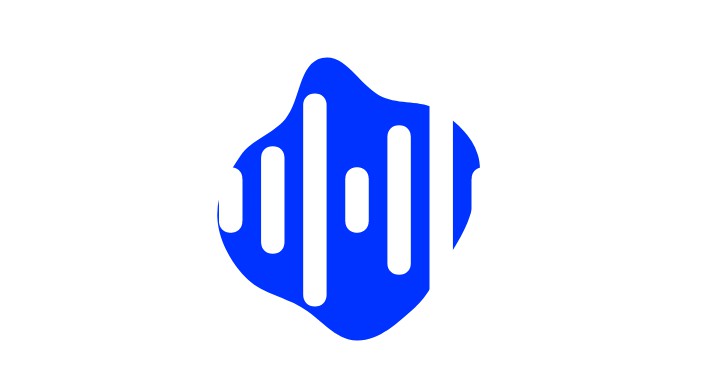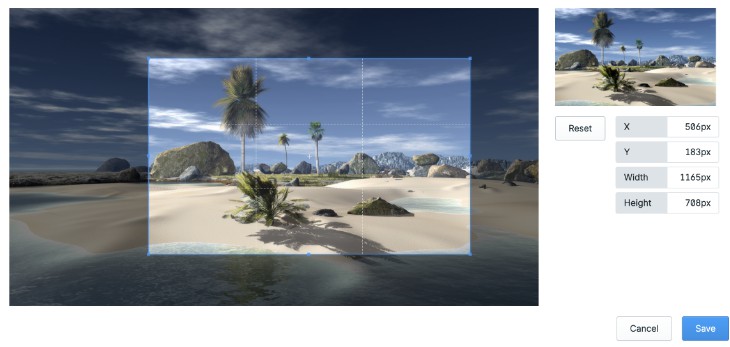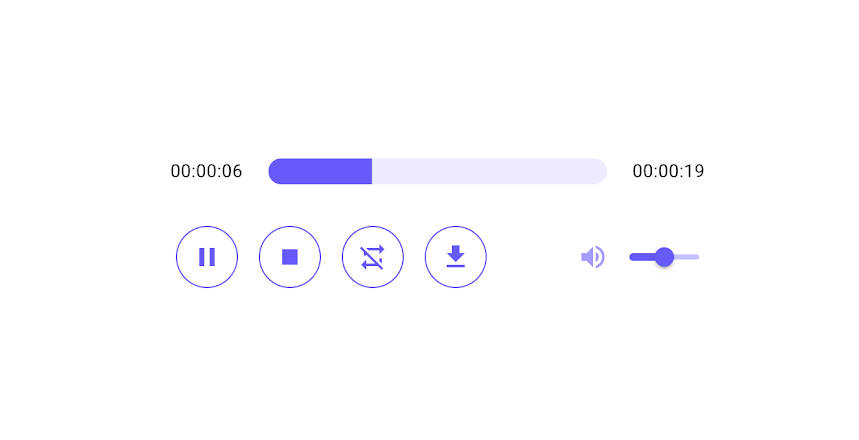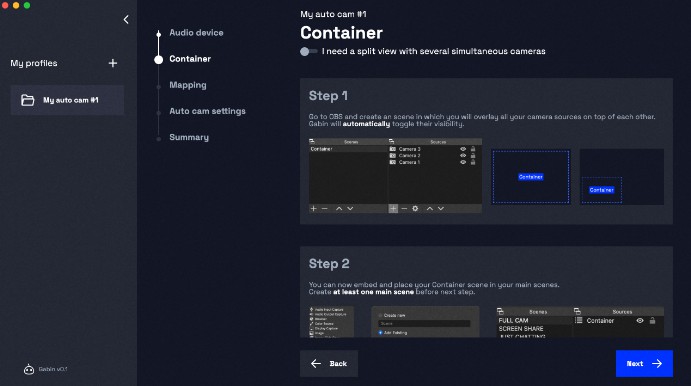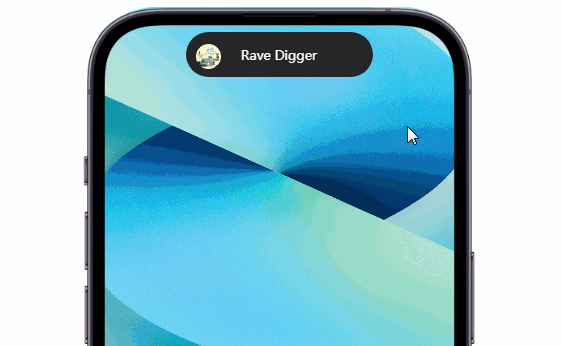1llest-waveform-vue
A lightweight and controllable audio visualization vue3 plugin
Description
This component is written using the native Web Audio API, and does not use any dependencies other than vue3 in the production environment. Of course, this means: if your target browser does not support the features of the web audio api, then my Plugins will also not apply. You can go to Browser compatibility to see the AudioContext line to check whether it is compatible with the target browser
Example – Live Demo
Start
Install
npm install 1llest-waveform-vue
Usage
Global component
// main.ts
import { createApp } from "vue"
import App from "./App.vue"
import IllestWaveform from "1llest-waveform-vue"
import "1llest-waveform-vue/lib/style.css"
const app = createApp(App)
app.use(IllestWaveform)
app.mount("#app")
Local component
// example.vue
import { IllestWaveform } from "1llest-waveform-vue"
import "1llest-waveform-vue/lib/style.css"
Component
<template>
<IllestWaveform
ref="waveformRef"
v-bind="waveOptions"
@on-init="initHandler"
@on-fetched="fetchedHandler"
@on-ready="readyHandler"
@on-play="(v: boolean) => (playing = v)"
@on-pause="(v: boolean) => (playing = v)"
@on-finish="finishHandler"
@on-click="clickHandler"
/>
<div>{{ currentTime }} - {{ durationTime }}</div>
</template>
<script setup lang="ts">
import { onMounted, reactive, ref, watchEffect } from "vue"
import type { Ref } from "vue"
import { IllestWaveform } from "1llest-waveform-vue"
import type { IllestWaveformProps } from "1llest-waveform-vue"
import "1llest-waveform-vue/lib/style.css"
const waveOptions = reactive<IllestWaveformProps>({
url: "example.mp3"
})
const waveformRef = ref<typeof IllestWaveform | null>(null)
onMounted(() => {
getCurrentTime()
})
const init = ref(false)
const fetched = ref(false)
const playing = ref(false)
const finished = ref(false)
const ready = ref(false)
const currentTime = ref("0:00")
const durationTime = ref("0:00")
const initHandler = (v: boolean) => {
init.value = v
}
const fetchedHandler = (v: boolean) => {
fetched.value = v
}
const readyHandler = (v: boolean) => {
ready.value = v
getDuration()
}
const finishHandler = (v: boolean) => {
finished.value = v
}
const clickHandler = (el: Ref<HTMLElement>) => {
console.log(el)
}
const play = () => {
waveformRef.value!.play()
}
const replay = () => {
waveformRef.value!.replay()
}
const pause = () => {
waveformRef.value!.pause()
}
const getCurrentTime = () => {
watchEffect(() => {
const current = waveformRef.value!.getCurrentTime()
currentTime.value = current
})
}
const getDuration = () => {
const duration = waveformRef.value!.getDuration()
durationTime.value = duration
}
</script>
Documentation
Component Props
| prop | description | type | default |
|---|---|---|---|
| url | the url of the audio file | String |
– |
| lineWidth | the width of each vertical line that makes up the waveform | Number |
0.5 |
| lineCap | the style at the end of each vertical line that makes up the waveform | CanvasLineCap |
round |
| lineColor | the color of each vertical line that makes up the waveform | String |
#5e5e5e |
| samplingRate | indicates your audio sampling rate. The larger the value, the more lines the waveform will present and the higher the accuracy. But this value is not recommended to be too large, because too large a value will slow down rendering efficiency, the recommended value is between 8000 - 44100 |
Number |
22050 |
| cursorWidth | indicates your cursor width | Number |
2 |
| cursorColor | the color of your cursor | String |
#fff |
| maskColor | the color of the waveform mask layer | String |
#fff |
| lazy | whether to enable lazy loading mode, if you want to display multiple waveforms as a list, this property is very useful | Boolean |
true |
| skeleton | whether to enable the skeleton during waveform loading | Boolean |
true |
| skeletonColor | the color of the skeleton | String |
#232323 |
| interact | indicates whether you want the user to interact with the waveform | Boolean |
true |
Events
When using the following events, you need to add the
on-prefix in front, such as@on-init="initHandler"
| event | description | params |
|---|---|---|
| init | the hook event before the waveform starts to initialize | Boolean |
| fetched | the hook event after accepting the audio file | Boolean |
| ready | the hook event triggered after the waveform completes all initialization and rendering to the page | Boolean |
| play | event fired when playback starts | Boolean |
| pause | event fired when playback is paused | Boolean |
| finish | the event triggered when the playback is completed (the playback completion refers to the completion of the entire audio) | Boolean |
| click | event triggered when waveform is clicked | Ref<HTMLElement> |
Methods
You can call these methods directly on the waveform component instance, such like
waveform_ref.value.play()
| method | description | return |
|---|---|---|
| play | trigger the playback method of the waveform so that it starts playing the current audio | – |
| pause | trigger the pause method of the waveform to make it pause playback | – |
| replay | this method can restart playing the current audio again | – |
| getCurrentTime | this method can get the current playing time. If you want to get the current playback time in real time, you can wrap it in the watchEffect hook |
string |
| getDuration | this method can get the duration of the current audio, but this method must be placed after the ready hook event is triggered to get the correct duration |
string |
Advanced usage
Solo play
If you want to render a list of waveforms, then you definitely want to play only one track at a time. My component does not provide this feature, because it is just an independent component, which is uncontrollable for other waveform components. So you can easily achieve this requirement by borrowing some features of vue.
- You can expose some methods and properties in your
childcomponents that encapsulate the 1llestWaveform component,
// Demo.vue
const play = () => {
emits('play', props.id)
waveformRef.value!.play()
}
const emits = defineEmits(['play'])
defineExpose({
pause,
playing,
id: props.id,
})
- Your
parentcomponent can have the following configuration
// App.vue
<Demo
v-for="item in items"
ref="childs"
:id="item.id"
:key="item.id"
@play="playHandler"
/>
const childs = reactive<(typeof Demo)[]>([])
const playHandler = (id: string) => {
childs.forEach((child) => {
if (child.id !== id && child.playing) child.pause()
})
}
You can define any unique identifier to replace the id attribute in child.id !== id, but please make sure that this attribute exists in the child component and expose it, the most important thing is that it represents the component uniqueness
The above code can be found in the example folder. If you have a better way to implement this feature, please suggest it in an issue, I will be very grateful
Contributing
Contributions to the project are welcome! If you find a bug or have an idea for a new feature, please submit an issue or pull request.
License
MIT License © 2023-Present leyoonafr
